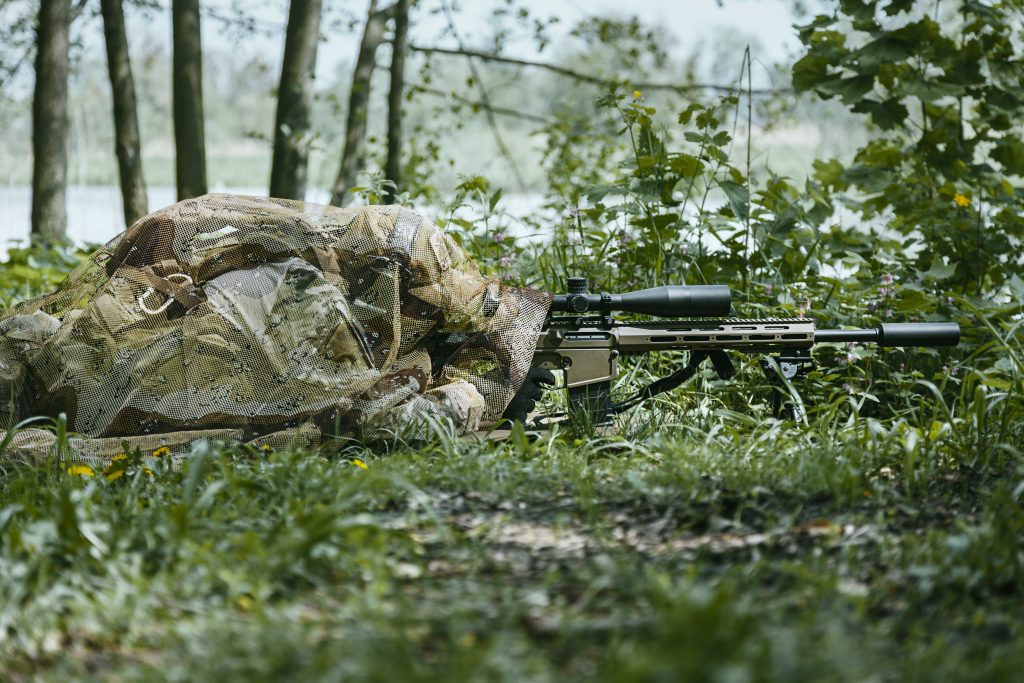The chronograph is an important accuracy tool for the serious long range shooter, interested in responsibly extending their maximum effective shooting distance. This precision instrument is placed at a distance of 13 to 15 feet (from the muzzle) will measure and record the speed of your bullet at the muzzle.
Measuring muzzle velocity (MV) is crucial for finding and identifying the most accurate load for your rifle, whether you reload or use factory ammo. Also, critical trajectory data can be gathered from this information.
The chronograph will also tell you if you are getting velocities higher than that of the reloading manuals, helping you to avoid dangerously high pressure building up in your rifle. The price for a good chronograph ranges from $90 to $300.00, or you can suggest it as gift ideas, you can also click here for more ideas.
The chronograph has two or three metal wire sensors on top of a sturdy metal casing that houses a computer that measures the velocity of your bullet (or arrows, pellets, etc.) as it travels through the sensors, in feet per second (fps)and will also record the number of shots, the high velocity, the low velocity, extreme spread (ES), the average velocity, and standard deviation (SD).
The “high” reading shows the fastest shot, the “low” reading shows the slowest shot, the “average” gives you the average of five shots or ten shots ( called the shot string or ‘string’). The extreme spread (ES) is the fastest shot minus the slowest shot.
The (ES) goal for the long distance hunter should be within 30 fps or better. And 20 fps puts you at the beginning of competitive benchrest shooting. There is also standard deviation (SD) which is the measure of how close each shot’s velocity in the shot string will be to the “average.” For the long-range marksman, 9 to 12 fps is good. The lower the (SD) the better.
Because factory ammo is already made, it is impossible to enhance the data of factory ammo. All the components of factory ammo come fixed. The best you can do with factory ammo is find the brand that shoots the smallest group, and when you do; buy up all of that particular lot and brand of that ammo. You will still be able to extend your shooting distance with factory ammo. The limit being, as far out as you can effectively “practice and confirm” your maximum shooting distance.
When testing with reloads or several different brands of factory ammo, the idea is to shoot the smallest shot group you can at 100 yards and use the data to determine which load or which brand of factory ammo is consistent. Keep this data, as you will need it later. Once the best hand-load or brand of factory ammo is found, shoot a couple of “strings” out at 300 yards and see how your shots group there. The goal should be 2.50 inches or better at 300 yards. This is “sub”minute-of-angle. One inch groups at 300 yards puts you at the beginning of competitive benchrest shooting.
A ½ inch group at 100 yards is very good; and a 1/4 inch group or all five shots inside of one hole is an excellent platform for a long-range rifle. If the chrono readings stay the same, and the shot groups remain small, you have a rifle that can be made to shoot at longer distances.
The chronograph is a MUST HAVE tool for the serious marksman interested in, shooting accurately out to 1000+ yards.
